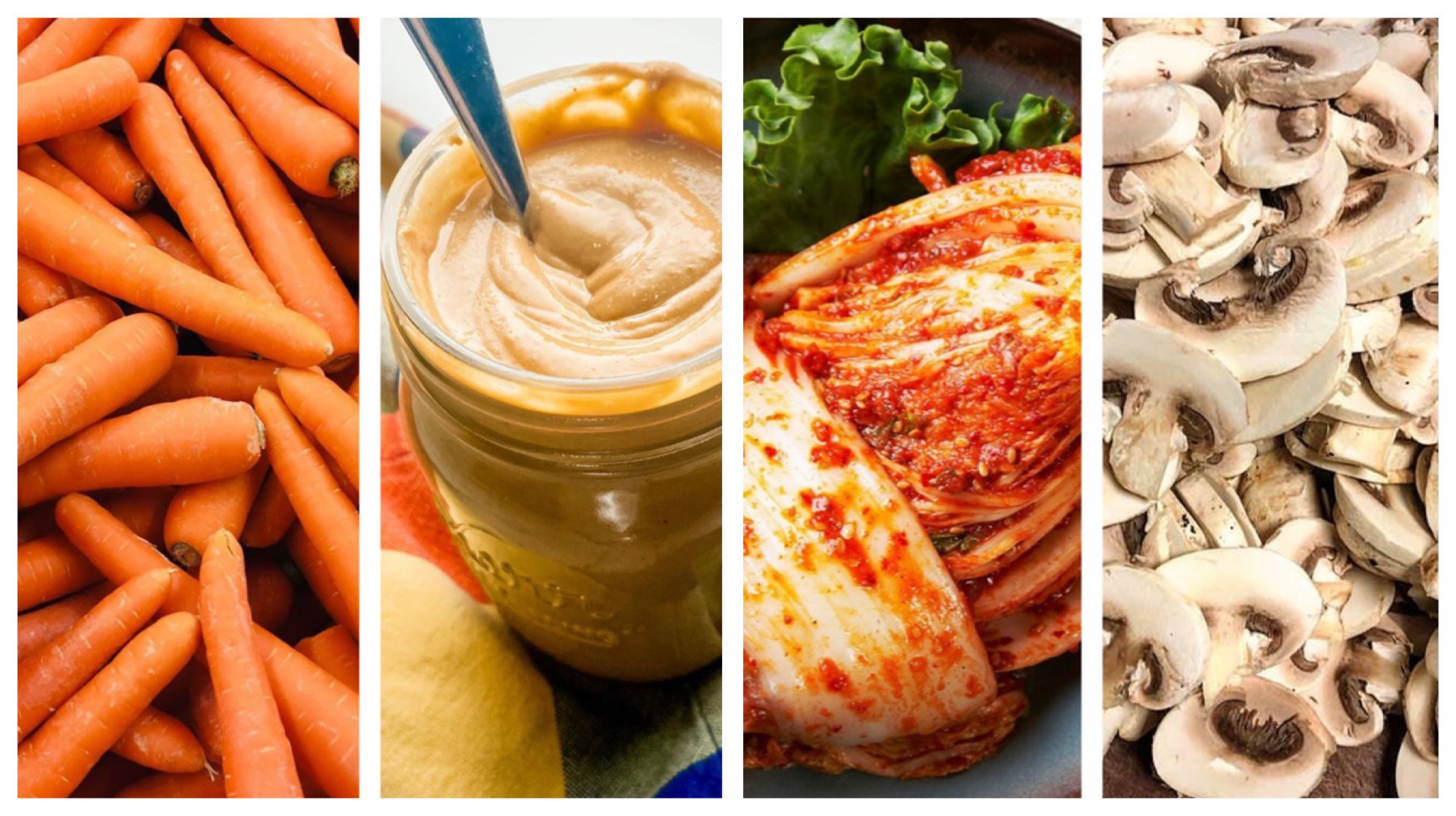Make Fewer Trips To The Supermarket - Buy These!
Supermarket shopping used to be a joy, hobby and even thrill for some of us.
Yes, there are people who like window-shopping at MBS and buying Chanel bags, and then there are people who like shelf- and chiller-shopping at NTUC, and buying teabags.
But in recent months, going to the supermarket can feel more like a necessity than a leisurely pursuit.
You have to get your temperature taken, your IC scanned and QR codes downloaded – all this while you are struggling with your shopping trolley, a wonky Wifi signal that just won’t let you load the SafeEntry page and calls from your WFH spouse who keeps adding to the grocery list, one peppercorn at a time.
So, here’s how to maximise your supermarket session. And no, it doesn’t involve instant noodles or Calbee potato chips.
Hard vegetables
Means what: Anything that’s not leafy. So stock up on root vegetables like carrots, yams and sweet potatoes, as well as cruciferous vegetables – that’s a cheem term for familiar varieties like broccoli, cauliflower and cabbage.
Keep for how long: If you keep them dry and in the crisper compartment of your fridge (another cheem term that really means the bottommost drawer of your fridge lah), they can last anything from one week to two weeks.
Why we like them: Besides the fact that these “hard” veggies won’t wilt and go all mushy and rotten on you in two days, they are versatile ingredients for stews, soups, stir-fries and even oven recipes (baked sweet potatoes, anyone?). Chinese cabbage, in particular, makes a cheap and delicious soup stock.
Dried foods
Means what: We aren’t talking about keropok here but dried ingredients like mushrooms, red dates and anchovies.
Keep for how long: Store them in a cool, dark place – think the innermost corners of your pantry cabinet or in the crisper drawer – and they can stay useable and edible for up to one year.
Why we like them: While everyone has been hoarding canned and preserved foods, dried foods actually are a tad healthier because they are kind of au naturel and aren’t soaked for years in some dodgy gravy made with chemicals that are even harder to pronounce than Elon Musk’s son’s name. Plus, dried foods help to season and sweeten stews and soups – slurp!
Kimchi
Means what: Yes, we just badmouthed preserved foods in the paragraph above but kimchi is in a different world of its own. It is “preserved” but with real ingredients like garlic, ginger and onions (also why you don’t want to be near anyone with a kimchi-burp).
Keep for how long: Refrigerate yours and it can last for about two weeks… that is, if you haven’t gobbled down everything within the day.
Why we like them: When you are too lazy/busy/untalented to whip up a proper meal, dunk some readymade kimchi into your instant noodles or serve with rice and a fried egg and there, instant gratification. The bonus: you get to fulfil a part of your daily veggie quota too.
Frozen foods
Means what: Anything in the, well, frozen foods chillers at supermarkets.
Keep for how long: They are the Okinawan centenarians of the food universe, having a shelf (or freezer) life of anything from three months to one year.
Why we like them: Frozen foods had a bad name, thanks to questionable 1980s’ TV dinners and close-ups of puke-worthy freezers in Kitchen Nightmares. But these days, most frozen foods, especially fruit and veggies, go through the flash freezing process, which means they are frozen almost immediately after they have been harvested and cleaned. This is said to seal in their nutrients ASAP and make them more wholesome than fresh fruit and vegetables that come to you dented, squashed and possibly germ-infested from fellow supermarket shoppers who insist on prodding and poking produce with their dirty little fingernails.
Condiments
Means what: You already know your soya sauces from your oyster sauces, your ketchup from your Hainanese chicken rice garlic chilli. But stock up on under-the-radar multi-taskers which can be used in both sweet and savoury recipes, like peanut butter (works as a marinade for grilled chicken), honey (good in teas and coffees but even better over buttered potatoes) and tamarind paste (makes a refreshing iced drink and elevates your steamed fish too).
Keep for how long: If you don’t introduce moisture into the bottles and jars – wipe the bottle and jar mouths with a dry cloth or tissue after each use – they can stay good for one year. Or, for added food security, pop them into the fridge.
Why we like them: Unless you have the time and arm power to churn, blend and mix your own sauces and gravies from scratch, these readymade options will save you a lot of time.
For the latest updates on Wonderwall.sg, be sure to follow us on Facebook and Instagram. If you have a story idea for us, email us at [email protected].











